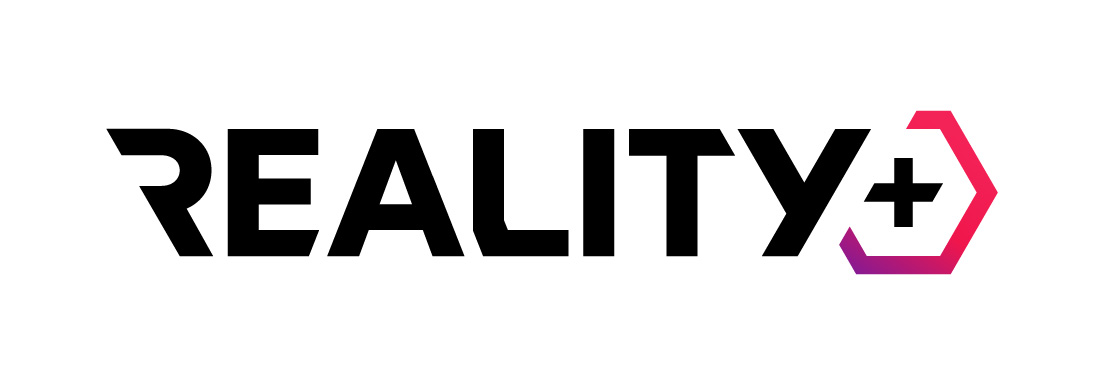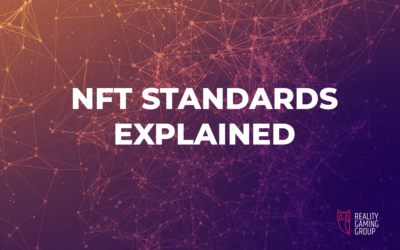NFT standards explained
If you read our introduction to Non-Fungible Tokens (NFTs) and you’re thirsty for more, let us take you further down the digital collectible rabbit hole with a look at the ERC-721 & ERC-1155 NFT standards.
We know what you’re thinking: Acronyms and numbers – and acronyms with numbers – make Jack a dull boy. But these standards are what tie the entire digital collectibles ecosystem together. It gives developers the technical frameworks within which to create content. It also gives consumers the confidence to buy and trade that content.
In fact, there are very few industries (we’d argue none) that have achieved mass-market status without a set of rules governing certain technical or commercial behaviors and parameters. Everything from the engineering industry (ISO 9001, anyone?) to the internet (HTML, HTTP) is built on commonly adopted standards, whether voluntary for the greater good or through the application of government legislation.
That said, there are non-standardized elements within all markets. Especially where proprietary layers can be added to an underlying framework to create value or exclusivity. For a car this could be some kind of entertainment system or parking assist mechanism. When thinking about digital collectibles, a good example is the traditional downloadable content (DLC) model in video games. As we explored previously, the walled garden nature of those offerings makes them non-interoperable with other services.
Furthermore, a digital weapon from a game isn’t presented or transferred to the owner in the same way as a digital cinema ticket. What the blockchain and tokenization does, is create a level playing field for all digital assets, and the ERC-721 & ERC-1155 NFT standards are crucial to this. Both are free, open standards that live on the Ethereum blockchain.
The first block
The first out of the blocks, so to speak, was ERC-721. These blocks laid the groundwork for non-fungible digital assets and itself evolved from the ERC-20 standard. It’s worth pausing here to explore the difference between the two. ERC-20 defines the behaviour of monetary assets (a dollar, for example), while ERC-721 is for unique, collectible assets (think a tokenized version of Panini football trading cards).
Games such as CryptoKitties and our very own Reality Clash use ERC-721 to bestow ownership, distribution rights and access control onto their collectible digital assets.
Aside from these attributes ERC-721 also ensures tokenized non-fungible digital assets are absolutely interoperable across multiple ecosystems. Whether that means the markets they are bought and traded on, or the environments (in our case games) in which they can be used.
Crucially, ERC-721 does not mandate a standard for a digital asset’s metadata or restrict the addition of supplemental functions. So developers are free to layer up their tokens with all the creativity and uniqueness they can muster.
If we’re getting down to brass tacks, ERC-721 ensures absolute certainty over ownership and usage of a digital asset.
So where does ERC-1155 come into play?
Well, aside from being 434 more than ERC 721, ERC-1155 is really very important indeed. It’s takes the framework established by its sibling and applies it to the creation and identification of classes of assets.
If we revisit our definitions of fungible and non-fungible we learned that a cinema ticket is fungible within certain classes. For example you couldn’t use an Odeon ticket to watch a film in a Cineworld theatre.
In the NFT world, the ERC-1155 standard allows developers to create and identify different classes of asset. For example all the guns in a mobile game – to facilitate easy large volume trades. It’s becoming increasingly popular within the blockchain games space especially. And like lots of other developers (much of the ERC-1155 groundwork was accomplished by the awesome team at Enjin) we’re working on ways to adopt the standard for our own content.
Where do we go from here?
Like all standardized ecosystems, the market will continue to evolve and new standards will be created accordingly. This process is absolutely essential for the market to grow in an orderly and efficient manner. What we don’t want to see is a tokenized recreation of analogue ‘format’ wars, such as when Betamax and VHS went head-to-head in the nascent days of home video.
Instead what we have is an established framework for the basic primitives of digital collectibles (ownership, access control). This give developers maximum creative freedom and consumers confidence in the items they buy and trade.
We’re still very early in the adoption curve of non-fungible digital collectibles. There’s no doubt we will see new platforms and NFT standards emerge which iterate from and optimize the existing architecture.


